Quick Facts About Types of Cars
- There are 10 general types of cars
- Some car-type definitions are murky
- Pickup trucks and SUVs outsell cars
You would think that with a topic as simple as “types of cars,” there wouldn’t be much room for doubt or discussion, right? Not so fast. Parsing the different types of cars isn’t as straightforward as it sounds. There are some gray areas where car types more or less overlap. For example, the sports car and the coupe are two such categories, as are the convertible and the sports car. There are exceptions to every rule, and we’ll see more as we go through our list. We shorthand “cars” to mean passenger vehicles.
In an effort to create clarity, we have broken this list into 10 vehicle types. Our criteria for each type have more to do with two or three defining characteristics than anything else. For instance, a coupe has two doors, while a sedan has four. As we move through the list, we offer a few subset examples of each type, such as subcompact, compact, midsize, and so forth.
What Are the Different Types of Cars?
There isn’t a single logical method for organizing a list like this; therefore, here are our categories in no particular order other than we group together cars, vans, SUVs, and trucks.
Sports Car
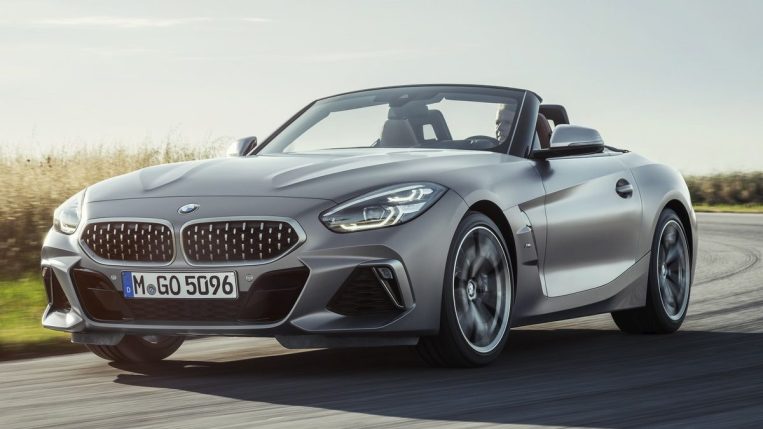
The sports car segment is in a gray area without a hard-and-fast definition. Once upon a time, you only referred to a two-seat convertible — like the Mazda MX-5 Miata and the BMW Z4 — as a sports car. They had to be small, sporty-looking, and fun to drive. Not so much anymore. Today, the term casts a wider net to cars like the Chevy Corvette. Moreover, it can even include vehicles with a small backseat, such as the Ford Mustang and Porsche 911.
Although out of the reach of most of us mortals, we’ll also include the “Exotics” in this grouping. These are high-priced, high-performance sports cars like the Ferrari Roma, McLaren GT, and Aston Martin DBS.
Hatchback

Typically, hatchbacks are smaller (subcompact or compact) with four passenger doors plus a fifth door on the back in place of a trunk lid. We’d lump the Subaru Impreza 5-Door, Hyundai Ioniq 5, and Volkswagen Golf GTI into this group.
However, sometimes they have three doors like the subcompact Chevy Spark. Evolving, though, the hatchback now has a few bigger, flashier entries like the midsize Kia Stinger and the Audi e-tron S Sportback, which don’t look much like traditional hatchbacks.
Coupe
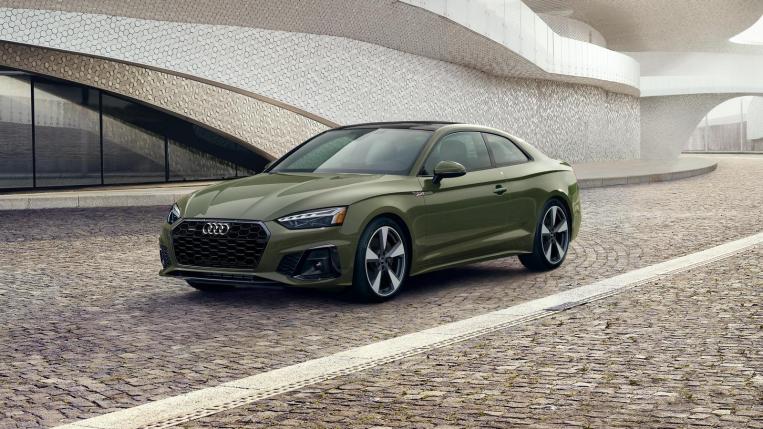
Coupes come in every size, from compact to full size. Historically, a coupe is a 2-door car with a hard roof and a backseat. For example, the Chevy Camaro, Dodge Challenger, Infiniti Q60, and Audi A5 fit into this mold. Of course, some models from the sports car group spill over into the coupe segment, including cars like the Nissan Z and Toyota GR86.
Then there is a group of larger 4-door hardtops with sloping rooflines that their makers call coupes. This is where things get a little weird. The Merdedes-Benz CLA and the BMW 4 Series Gran Coupe fall into this group. Weirder still, Mercedes-Benz also markets the GLC Coupe, which is a crossover.
Sedan

There isn’t much ambiguity in the definition of a sedan. It has always been a 4-door hardtop with two rows of seats and a trunk. Although there are fewer and fewer sedans on the market, they continue to populate subcompact, compact, midsize, and full-size categories. Representing subcompact sedans are the Nissan Versa and Hyundai Accent. Included among compact sedans are the Honda Civic, Kia Forte, and Subaru WRX.
The midsize sedan arena overflows with models, including the Toyota Camry, Honda Accord, Nissan Altima, Chevy Malibu, Hyundai Sonata, and more.
Shrinking at an alarming rate, the roster of full-size sedans still has the Dodge Charger, Volkswagen Arteon, and Nissan Maxima. One area where sedans are still plentiful is the full-size luxury segment. The Mercedes-Benz S-Class, Genesis G90, BMW 7 Series, Lexus LS, and more are still selling in sufficient numbers to keep them off the cancellation list.
Convertible
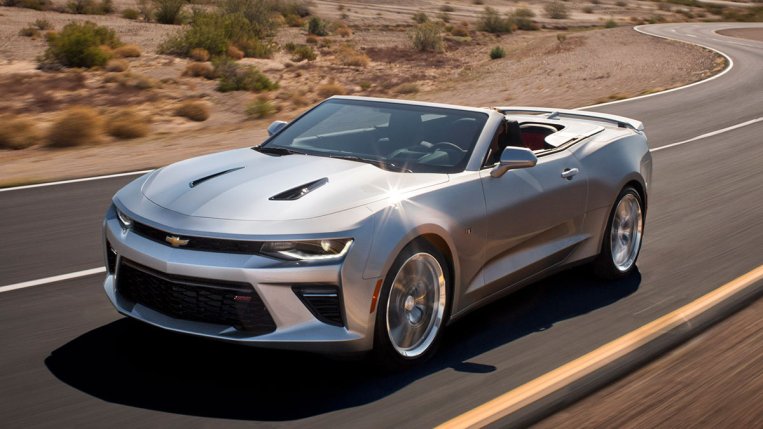
Whether the top is soft or hard, the car is a convertible if the roof can be lowered or completely removed. Today’s convertibles have two doors (Ford Mustang, Chevy Camaro, and Mazda MX-5 Miata), but 4-door convertibles aren’t unheard of. There have been a few in the past, and modern-day examples include the GMC Hummer EV, Jeep Wrangler Unlimited, and Ford Bronco. Again, there is some overlap between sports cars and convertibles.
Station Wagon
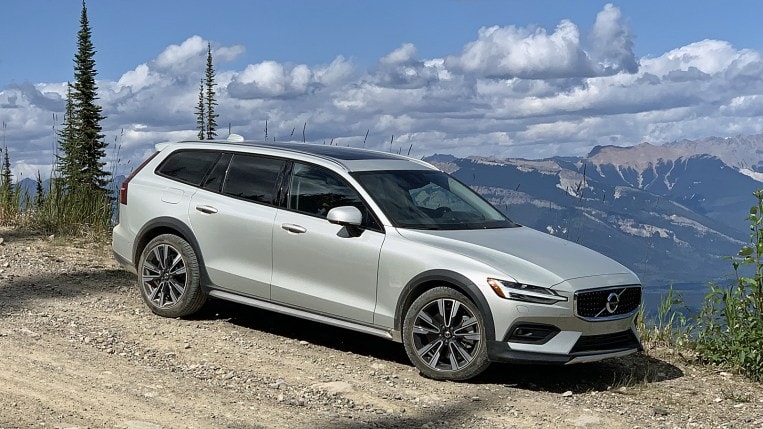
Another shrinking breed, station wagons, more often than not, is based on a sedan. However, rather than a trunk, they have an extended roofline and rear-door access to the cargo area. Today’s crop of wagons is mostly midsize, including the Volvo V60 and Audi allroad. Representing wagons in the compact class is the Mini Clubman.
Minivan

Minivans elbowed station wagons out of the way as the family livery of choice before SUVs also kicked them aside. Minivans typically are one big box with three rows of seats, a rear hatch door, and sliding side doors. Plus, they have front-wheel drive (FWD). Despite their practicality, minivans have almost disappeared from the passenger-vehicle landscape. Those still standing are the Chrysler Pacifica, Honda Odyssey, Toyota Sienna, and Kia Carnival.
Vans
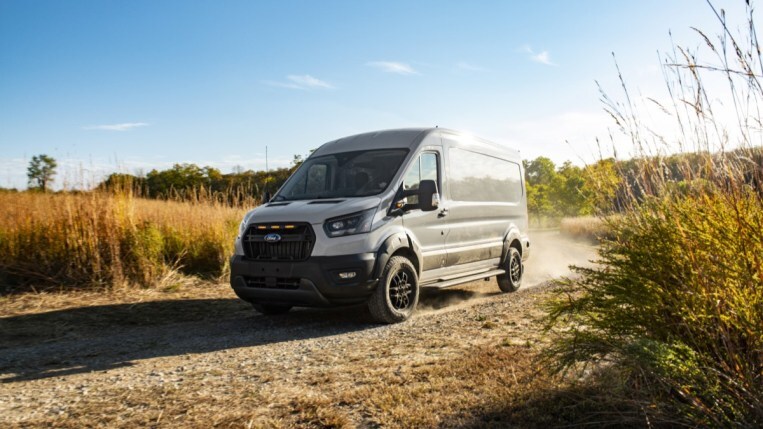
Historically, vans are workhorses, often listed as “Commercial” on carmakers’ websites. Most, like the Chevrolet Express, GMC Savana, Nissan NV, and Ford Transit are rear-wheel drive (RWD). On the other hand, you have the Ram ProMaster that’s FWD. Most offer cargo and passenger versions. Like the minivan, vans are one-box designs; however, they don’t have sliding side doors. You must access the cargo area through a side-hinged rear door or double rear doors.
SUV

We’re using “SUV” here as an inclusive way to talk about SUVs and crossovers. We could spend a couple of paragraphs distinguishing the two, but we’ll leave it at SUVs are built on heavier truck platforms and crossovers on lighter car platforms. Most SUVs are full-size, provide RWD or 4-wheel drive (4WD), and are engineered for heavy towing or extreme off-roading. Examples of large SUVs include the Chevy Tahoe, Ford Expedition, Toyota Sequoia, Land Rover Range Rover, and Mercedes-Benz G-Wagon. The Toyota 4Runner, Jeep Wrangler, and Dodge Durango represent midsize SUVs.
Although SUV and crossover are often used interchangeably, crossovers are much more carlike than SUVs. Crossovers are usually FWD; however, many offer all-wheel drive (AWD) as standard or as an option. Among larger crossovers are the Hyundai Palisade, Cadillac XT6, and Audi Q7. Midsize examples are the Mercedes-Benz EQS, Buick Enclave, and Honda Pilot. Unlike the SUV segment, several smaller nameplates qualify as crossovers. For example, the Jeep Renegade, Nissan Rogue, Subaru Crosstrek, and Ford Bronco Sport.
Pickup Truck

There is a lot of ground to cover here, so let’s get to it. Generally, a pickup truck has a cab with two or four doors, one or two rows of seats, and an open cargo box behind the cab. It is RWD with 4WD as standard or optional. Its construction consists of a body bolted onto a steel frame. However, there are a couple of exceptions in the Honda Ridgeline and Hyundai Santa Cruz, which are car-based pickups. Both are on FWD platforms; however, the Ridgeline no longer offers FWD. The Ridgeline only comes with AWD, while the Santa Cruz offers AWD as an option.
Full-size pickups, like those built by Ford, Chevrolet, and Ram, come in light- and heavy-duty versions. These are relative terms. The Ford F-150, Chevrolet Silverado 1500, and Ram 1500 are the light-duty versions. Representing the heavy-duty segment are the Ford F-150 Super Duty models, Silverado HD, and Ram HD.
Competing in the midsize arena are trucks like the GMC Canyon, Toyota Tacoma, and Nissan Frontier. We’ll also add the Honda Ridgeline to this group. The Hyundai Santa Cruz is more of a compact pickup; however, Hyundai classifies it as a “sport adventure vehicle.” Be that as it may, we’re tossing it into the pickup segment.
Read Related Articles:
Techyrack Website stock market day trading and youtube monetization and adsense Approval
Adsense Arbitrage website traffic Get Adsense Approval Google Adsense Earnings Traffic Arbitrage YouTube Monetization YouTube Monetization, Watchtime and Subscribers Ready Monetized Autoblog
from SUV Cars – My Blog https://ift.tt/aWS1FrU
via IFTTT

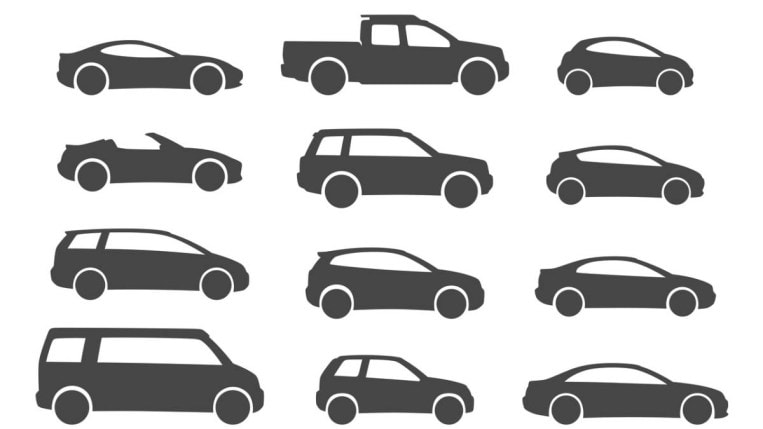
No comments:
Post a Comment